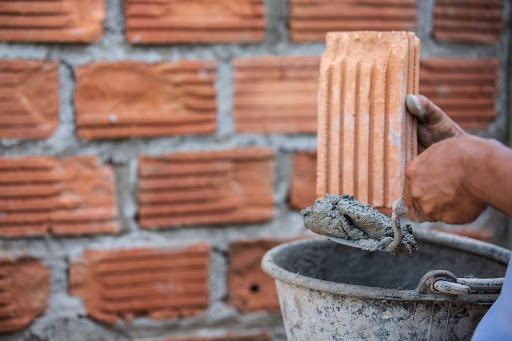Brick masonry stands as a cornerstone in the realm of construction, showcasing the age-old craft of working with clay bricks to create enduring and aesthetically pleasing structures. From ancient monuments to modern architectural marvels, brick masonry has left an indelible mark on the built environment, symbolizing strength, durability, and timeless beauty. In this comprehensive guide, we delve into the intricacies, techniques, and significance of brick masonry, unraveling the secrets behind this ancient art form.
Understanding Brick Masonry
Brick masonry, also known as brickwork, is the process of constructing structures using bricks as the primary building material and mortar as the bonding agent. It involves arranging bricks in various patterns and configurations to create walls, arches, columns, and other architectural elements. Brick masonry has been practiced for thousands of years, dating back to ancient civilizations such as Mesopotamia, Egypt, and China, where it was used to build iconic structures like the Great Wall of China and the Pyramids of Giza.
The Artistry of Brick Masonry
- Material Selection: The quality and characteristics of bricks play a crucial role in brick masonry. Bricks are typically made from clay or shale and come in different sizes, shapes, colors, and textures. Experienced brick masons carefully select bricks that meet the desired specifications for strength, durability, and aesthetics, ensuring uniformity and consistency in the finished structure.
- Mortar Mix: Mortar serves as the binding agent that holds bricks together in a masonry structure. Brick masons mix mortar using a combination of cement, sand, and water, adjusting the proportions to achieve the desired consistency and strength. The mortar is applied between the bricks using a trowel, filling the joints and creating a solid and stable bond.
- Laying Techniques: Brick masonry encompasses various laying techniques, each with its unique characteristics and applications. Common techniques include running bonds, stack bonds, Flemish bonds, and English bonds, among others. Brick masons employ precision and craftsmanship to lay bricks in straight, level, and plumb rows, ensuring structural integrity and visual appeal.
- Design and Patterns: Brick masonry offers endless possibilities for creative expression through innovative designs and patterns. Brick masons can incorporate decorative elements such as headers, stretchers, soldiers, and rowlocks to add visual interest and architectural detail to a masonry structure. Whether it’s a classic herringbone pattern or a contemporary geometric design, brick masonry allows for artistic freedom and customization.
Benefits of Brick Masonry
- Durability: Bricks are known for their excavation and exceptional durability and resistance to fire, moisture, and pests, making brick masonry structures long-lasting and resilient.
- Insulation: Brick masonry provides excellent thermal insulation, helping regulate indoor temperatures and reduce energy consumption.
- Aesthetics: Brick masonry offers timeless beauty and charm, with a rich variety of colors, textures, and patterns that enhance the visual appeal of buildings.
- Low Maintenance: Brick masonry requires minimal maintenance and upkeep, as bricks are resistant to fading, staining, and corrosion, resulting in cost savings and convenience for property owners.
Conclusion
In conclusion, brick masonry represents a harmonious blend of tradition, craftsmanship, and innovation in the field of construction. With its inherent strength, durability, and aesthetic appeal, brick masonry continues to be a preferred choice for architects, builders, and homeowners worldwide. Whether it’s preserving historic landmarks, constructing modern buildings, or adding character to residential homes, brick masonry remains an enduring symbol of architectural excellence and timeless elegance.





